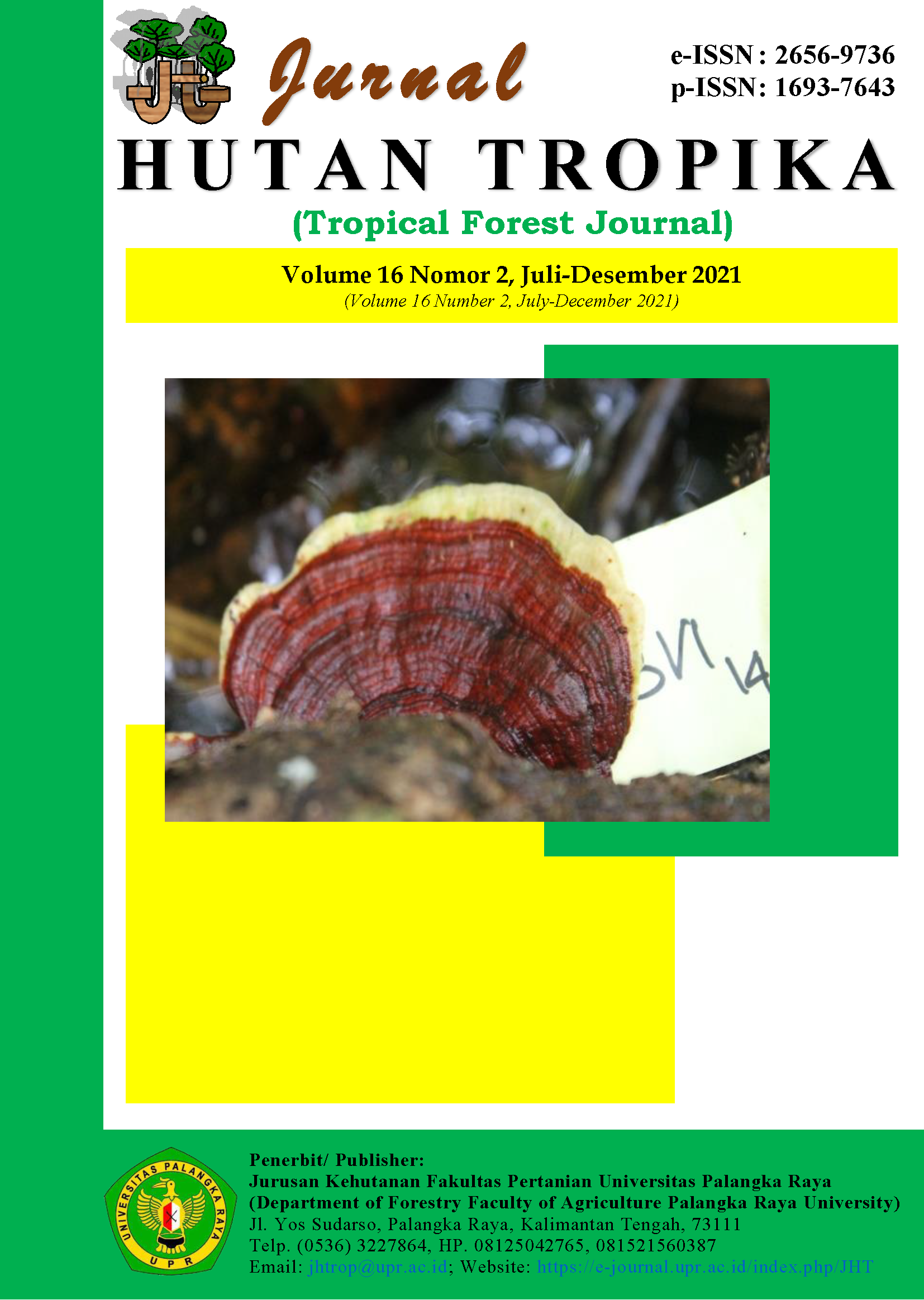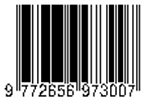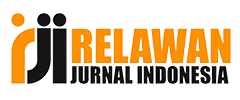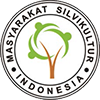Arahan Perubahan Penggunaan Lahan Berbasis Rendah Emisi Karbon Di Hulu Das Jeneberang
The Direction of Land Use Change Based Low Carbon Emission on Jeneberang Upper Watershed
DOI:
https://doi.org/10.36873/jht.v16i2.3539Abstrak
Jeneberang watershed is one of the watersheds in the MAMMINASATA area (Maros, Makassar, Sungguminasa and Takalar). The watershed, upstream, is now in a critical condition. This study aims to identify and map land use patterns, carbon stock emissions, both in the present condition and after rehabilitation condition. The data and information used in this research are Landsat 7 ETM+ in 2006 and 2010, the Jeneberang watershed boundary map, critical land map, forest area map, rainfall data, population data, and land capability class map. The method used is the interpretation of land use or land cover, biomass calculation, and analysis with REDD ABACUS. The results showed that land use was dominated by plantations and then followed by low density forest, agricultural dry land, rice fields, water bodies, plantation forests, vacant land, shrubs, settlements, high density forests, and savannas. The direction of land cover/land use that can increase carbon sequestration is the conversion of barren land, shrubs and savannas into plantation forests and agroforestry. Potential carbon stocks for plantations, dry land agriculture and rice fields will increase to 2.295.626,32 tons in 2026.
Unduhan
Unduhan
Diterbitkan
Terbitan
Bagian
Lisensi
Hak Cipta (c) 2021 Jurnal Hutan Tropika

Artikel ini berlisensi Creative Commons Attribution 4.0 International License.
















